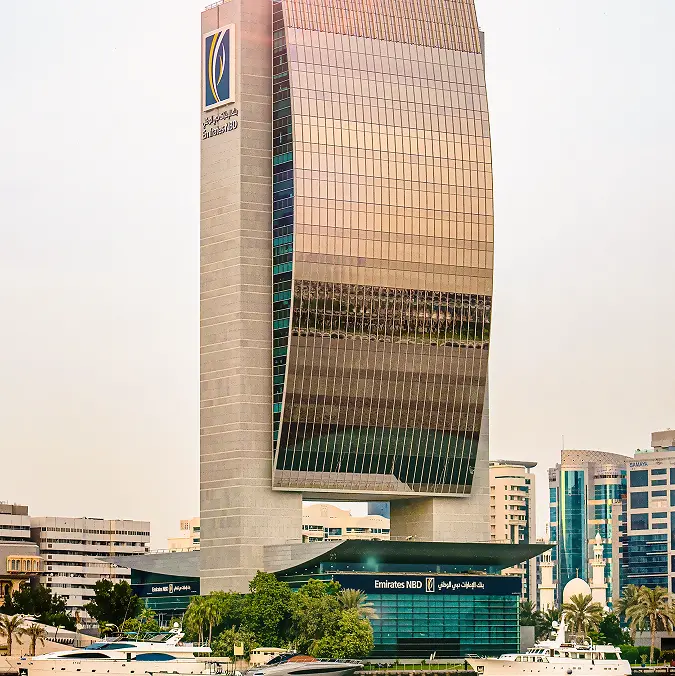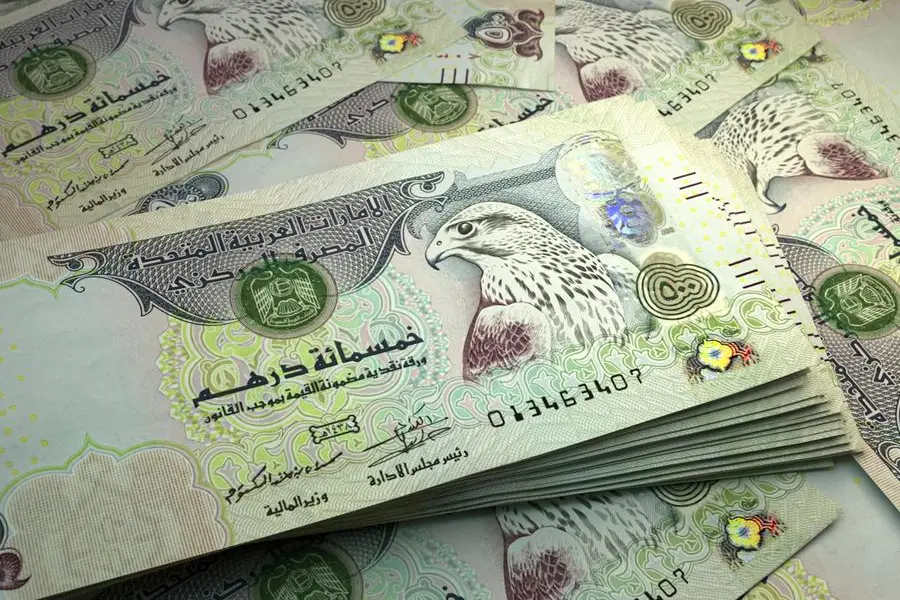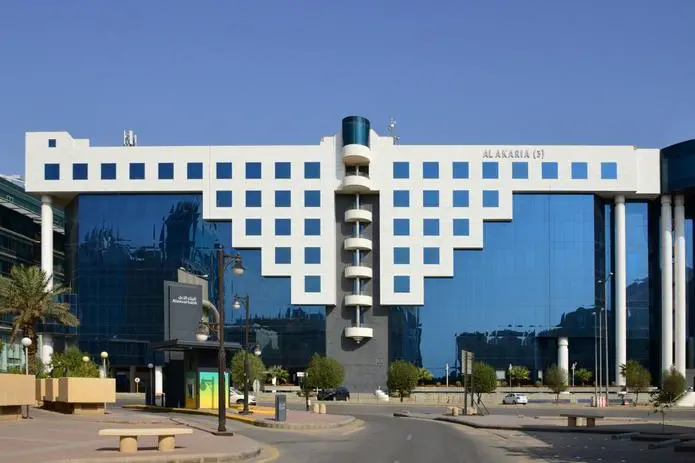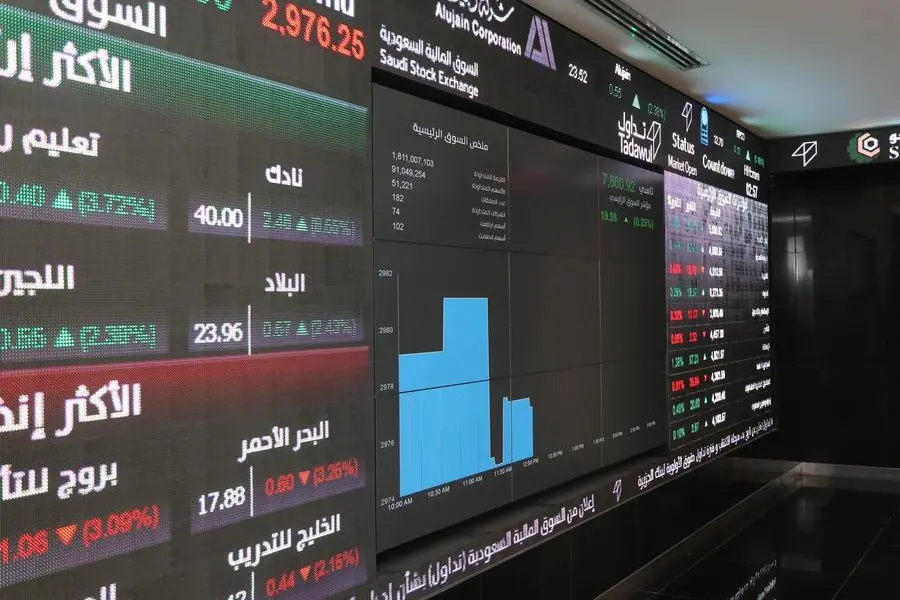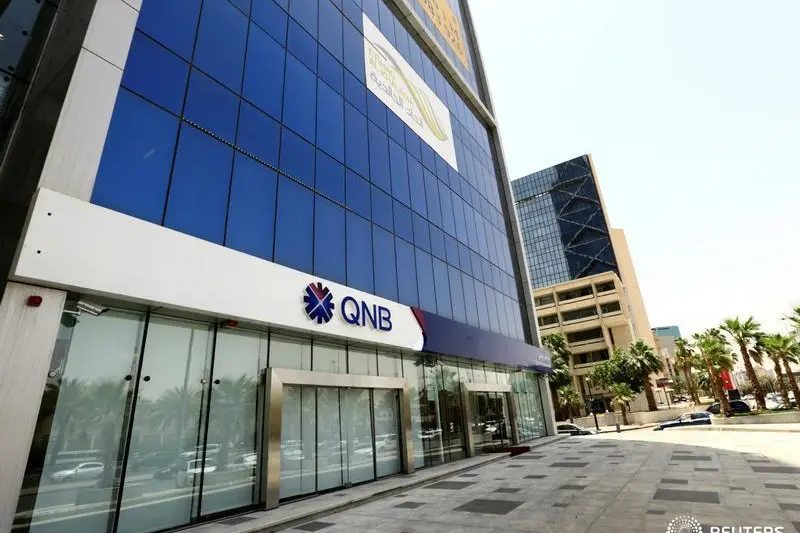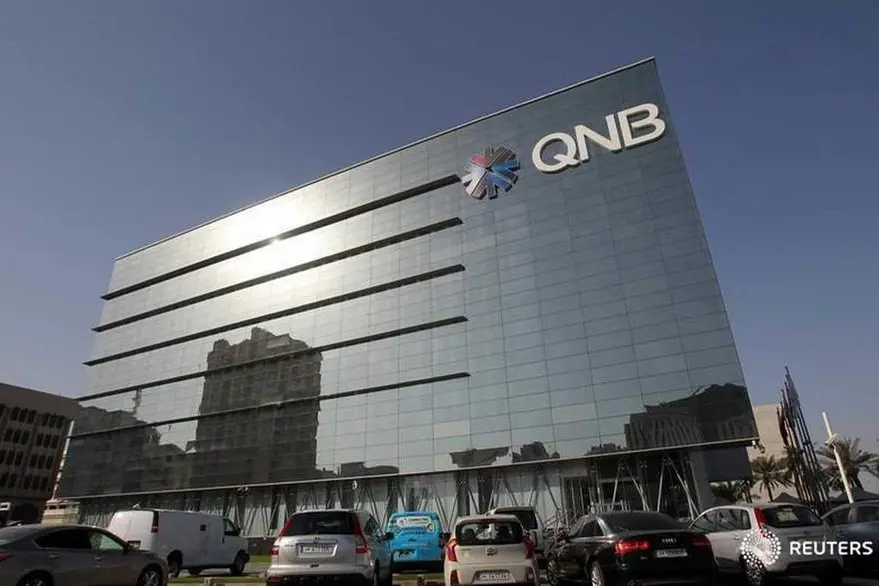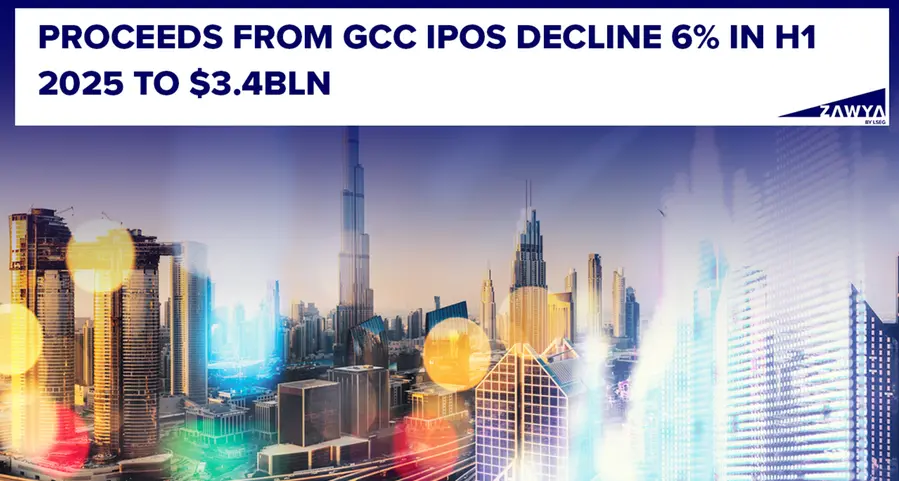Abu Dhabi Commercial Bank signed an agreement on June 17, 2011, to divest its 24.9% interest in Malaysia-based RHB Capital Berhad. On the sale's completion, ADCB will receive about AED7.0 billion in cash versus a carrying value of AED5.4 billion.
The sale proceeds will boost ADCB's capitalization, which in turn will likely result in a pronounced improvement in our estimated risk-adjusted capital ratio for ADCB and a subsequent decrease in its single-party concentration relative to its capital base.
We are raising our 'long- and short-term ratings on the bank to 'A/A-1' from 'A-/A-2.
The stable outlook balances our expectation for gradual improvement in the bank's financial profile while it continues to confront some obstacles in its operating environment.
PARIS (Standard & Poor's) June 21, 2011--Standard & Poor's Ratings Services today said it raised to 'A/A-1' from 'A-/A-2' its long- and short-term counterparty credit ratings on Abu Dhabi Commercial Bank (ADCB), based in the Emirate of Abu Dhabi(AA/Stable/A-1+), in the United Arab Emirates (UAE, not rated). The outlook is stable.
The upgrade follows ADCB's agreement on June 17, 2011, to sell its 24.9% stake in RHB Capital Berhad (RHB; not rated) in Malaysia. The rating action reflects our view of ADCB's improved stand-alone credit profile (SACP), which we raised to 'bbb' from 'bbb-'. We foresee a positive impact on the bank's capitalization from the approximately AED7.0 billion (US$1.9 billion) in cash proceeds we understand it will receive on successful completion of the transaction. ADCB has also announced that it will use the realized funds in line with its strategy to strengthen its balance sheet and focus on local markets.
We expect a marked improvement in our estimated risk-adjusted capital (RAC) ratio for ADCB because of its strengthened capitalization. Our estimated RAC will likely climb to about 9.0% from 7.0%, post transaction. Simultaneously, we expect the bank's adjusted total equity (ATE) to jump to AED17.5 billion, or by an amount equal to the carrying value of its equity as an unconsolidated financial institution. Consequently, ADCB's ATE to adjusted assets would improve to an estimated 9.7%, with the share of the bank's largest 20 loans decreasing to 2.6x of ATE and implying improved single-party borrower concentration.
The transaction's impact on ADCB's earnings will be manageable, in our view, given that RHB contributed about 5% to ADCB's operating income on average in 2009 and 2010.
The stable outlook reflects our expectation that ADCB's creditworthiness should remain sufficiently resilient to the difficult economic environment to maintain an 'A' long-term rating over the medium term. ADCB's reported earnings in the past three quarters, with a bottom line once again in the black, confirm our view that pressure on earnings is easing, compensating for the squeeze on the bank's margin. In addition, more subdued lending led to an improvement in funding and liquidity, with a ratio of loans to deposits at 115% on March 31, 2011, versus 140% at year-end 2009.
Although we expect the bank's financial profile to continue to strengthen gradually, the risks linked to its operating environment leave limited room for material improvement. The price correction in the domestic real estate market and the debt restructurings of some large borrowers remain causes for concern. As for peers, ADCB's asset quality continues to depend on the future performance of restructured debt.
Our outlook also takes into account our expectation that liquidity and capitalization will remain at levels commensurate with the current ratings.
All other things being equal, a negative rating action could follow material weakening in ADCB's financial profile, including but not limited to an increased nonperforming loan ratio in the high double digits or our estimated RAC ratio approaching 7%.
An upgrade appears remote in the foreseeable future because it would hinge on a major improvement in ADCB's operating environment and further decreases in the bank's single-party concentration and its exposure to the real estate and construction sectors to levels in line with peers', which we consider unlikely at this stage. In addition, raising our assessment of ADCB's SACP would not trigger an automatic upgrade of the bank, because the ratings also derive support from our opinion of the potential extraordinary government support we factor in above the SACP.
RELATED CRITERIA AND RESEARCH
All articles listed below are available on RatingsDirect on the Global Credit Portal, unless otherwise stated.
- FI Criteria: Bank Rating Analysis Methodology Profile, March 18, 2004
- How Systemic Importance Plays a Significant Role In Bank Ratings, July 3, 2007
- Key Role Of External Support In Rating Gulf Banks, June 28, 2007
-Ends-
© Press Release 2011



